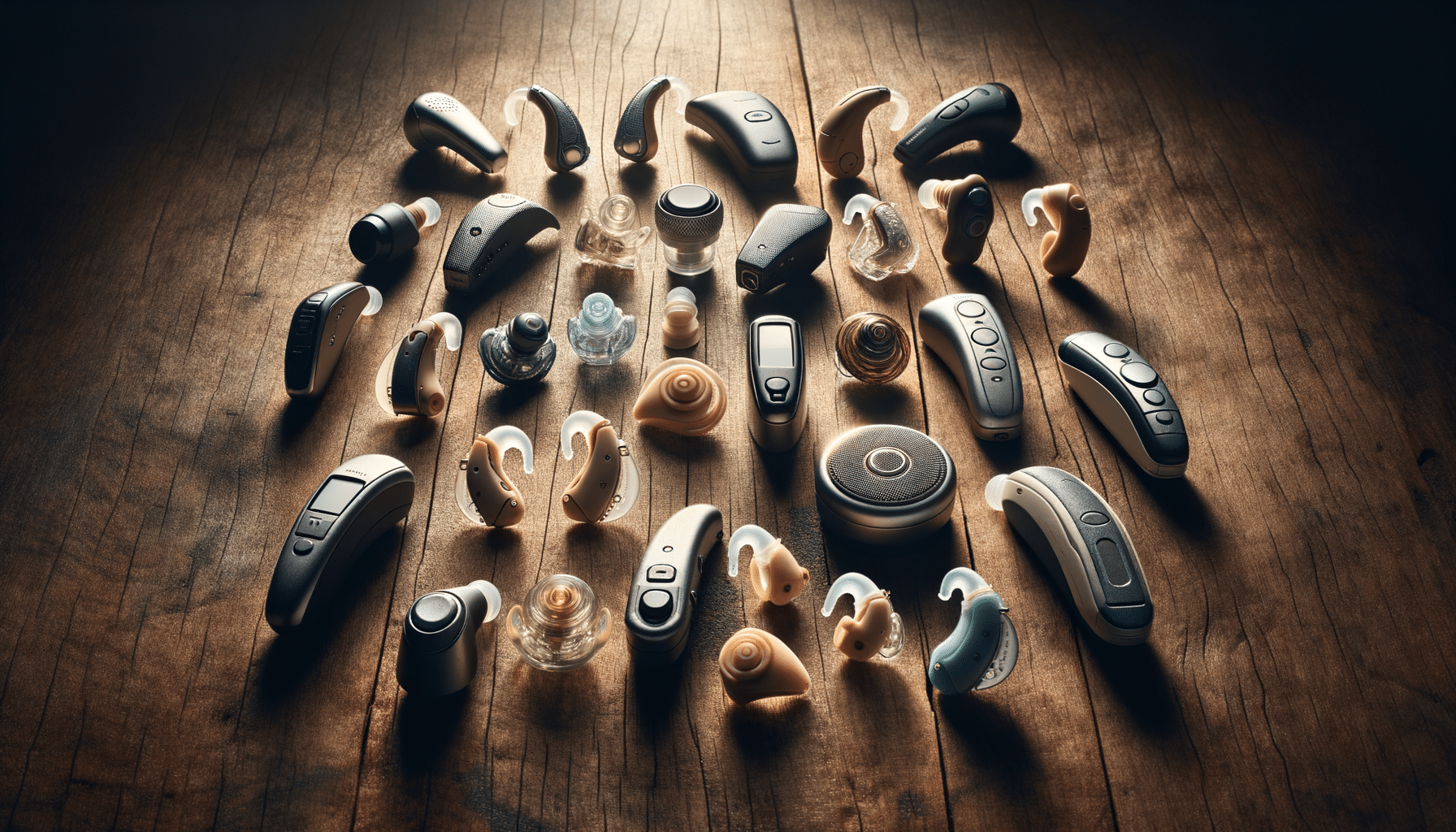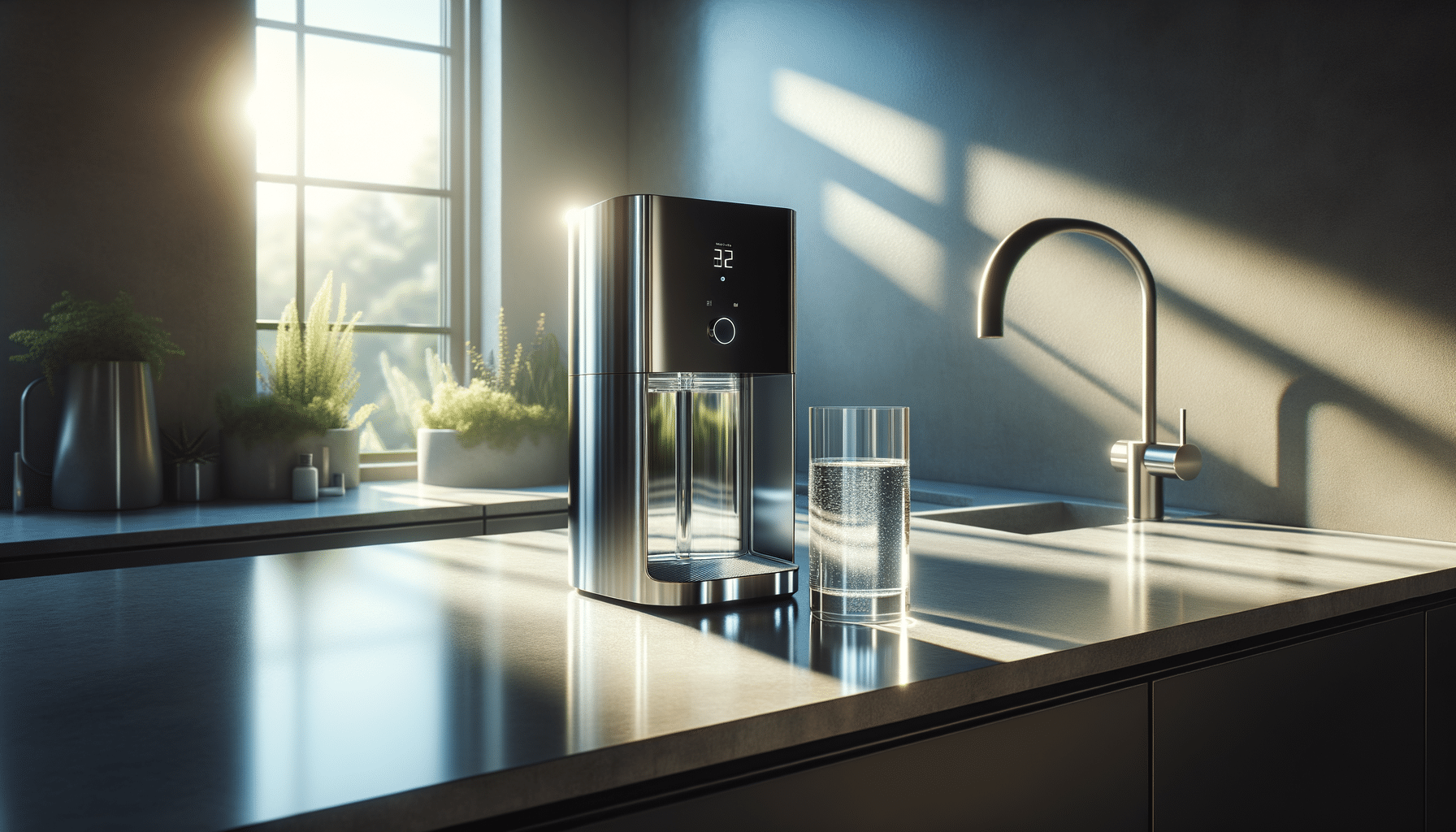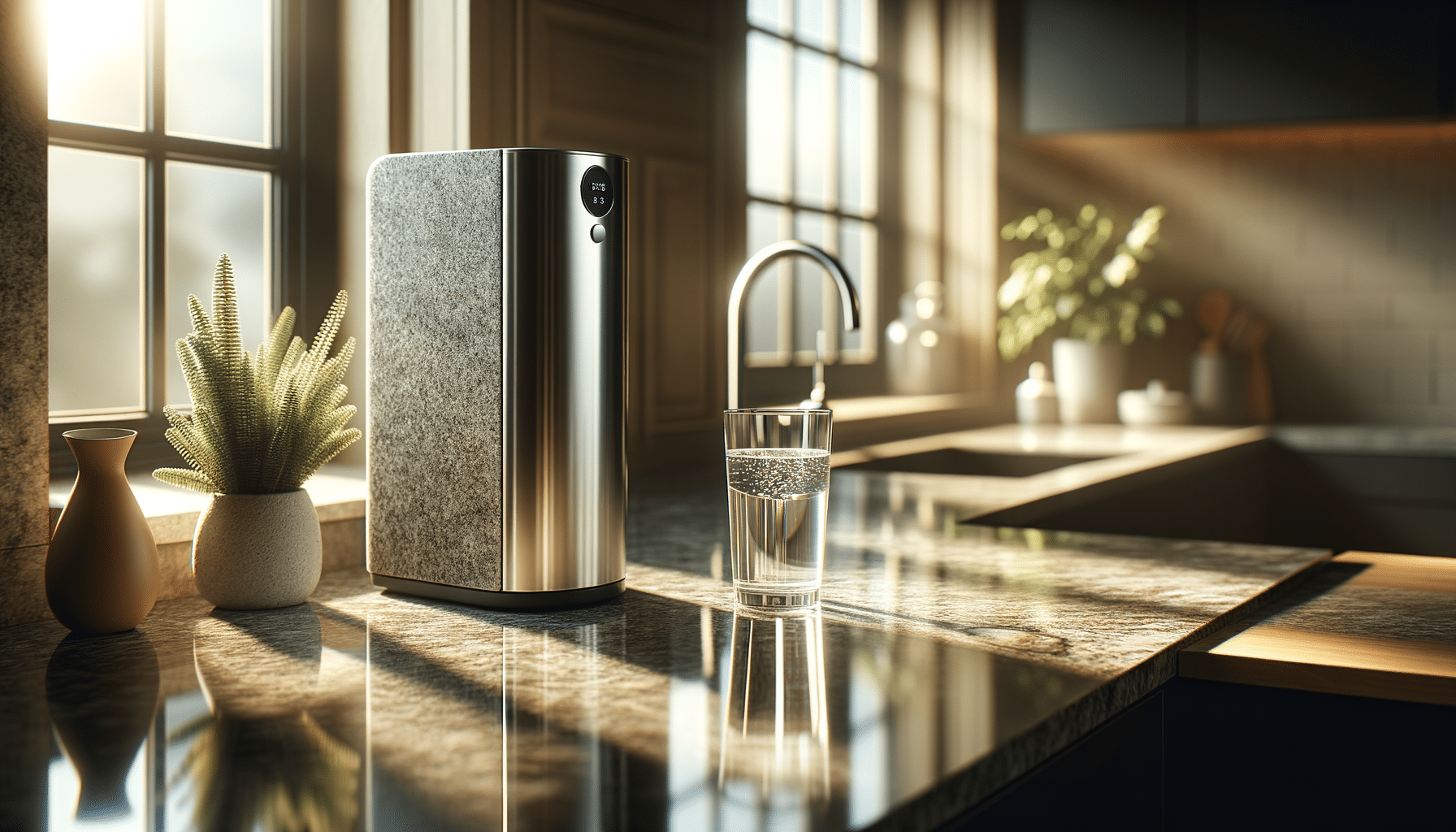
Understanding Hearing Aids: A Comprehensive Guide
Introduction to Hearing Aids
Hearing aids have become an essential tool for individuals experiencing hearing loss, offering a significant improvement in their quality of life. These small electronic devices are designed to amplify sound, making it easier for the wearer to communicate and engage with their environment. As hearing loss can affect anyone, understanding the functions and benefits of hearing aids is crucial for both users and their loved ones.
The importance of hearing aids extends beyond just volume enhancement. They help reduce the strain of listening and improve the clarity of sounds, which can be particularly beneficial in noisy environments. This article delves into various aspects of hearing aids, from their types and features to their impact on hearing health.
Types of Hearing Aids
Hearing aids come in various styles and designs, each catering to different levels of hearing loss and personal preferences. The most common types include:
- Behind-the-Ear (BTE): These devices sit behind the ear, with a tube connecting to an earmold inside the ear canal. They are suitable for all ages and most types of hearing loss.
- In-the-Ear (ITE): Custom-fitted to a person’s ear, these aids are less visible and can accommodate moderate to severe hearing loss.
- In-the-Canal (ITC) and Completely-in-the-Canal (CIC): Smaller and more discreet, these are ideal for mild to moderate hearing loss but may not include all features due to their size.
Each type of hearing aid has its unique advantages and considerations. For instance, BTE models are often more durable and can house more features, while CIC models offer a more discreet appearance but may lack certain functionalities. Choosing the right type depends on individual needs, lifestyle, and the degree of hearing loss.
Features and Technology in Modern Hearing Aids
Modern hearing aids are equipped with a range of features that enhance their functionality and user experience. These include:
- Noise Reduction: This feature helps to filter out background noise, allowing the user to focus on speech.
- Directional Microphones: These microphones help to pick up sounds coming from a specific direction, improving clarity in conversation.
- Rechargeable Batteries: Many hearing aids now offer the convenience of rechargeable batteries, eliminating the need for frequent replacements.
- Bluetooth Connectivity: This allows hearing aids to connect to smartphones and other devices, providing direct audio streaming and control via apps.
The integration of advanced technology in hearing aids not only improves sound quality but also enhances user comfort and convenience. Features like noise reduction and Bluetooth connectivity make it easier for users to adapt to different environments and stay connected with their digital devices.
Impact of Hearing Aids on Quality of Life
Hearing aids play a pivotal role in enhancing the quality of life for individuals with hearing loss. By improving communication, they help reduce the feelings of isolation and frustration often associated with hearing impairment. Users report greater confidence in social situations, which can lead to improved mental health and well-being.
Moreover, hearing aids can contribute to better cognitive function. Studies have shown that untreated hearing loss may increase the risk of cognitive decline, making the use of hearing aids a vital component in maintaining long-term brain health. The ability to hear clearly also allows individuals to remain active and engaged in their communities, further enhancing their quality of life.
Conclusion: Embracing Hearing Health
In conclusion, hearing aids are more than just sound amplifiers; they are life-changing devices that significantly improve the lives of those with hearing loss. By understanding the different types, features, and benefits of hearing aids, individuals can make informed decisions that best meet their needs.
As technology continues to evolve, hearing aids will undoubtedly become more advanced, offering even greater enhancements in sound quality and user experience. Embracing hearing health is crucial, and hearing aids are a testament to how technology can positively impact our lives.


